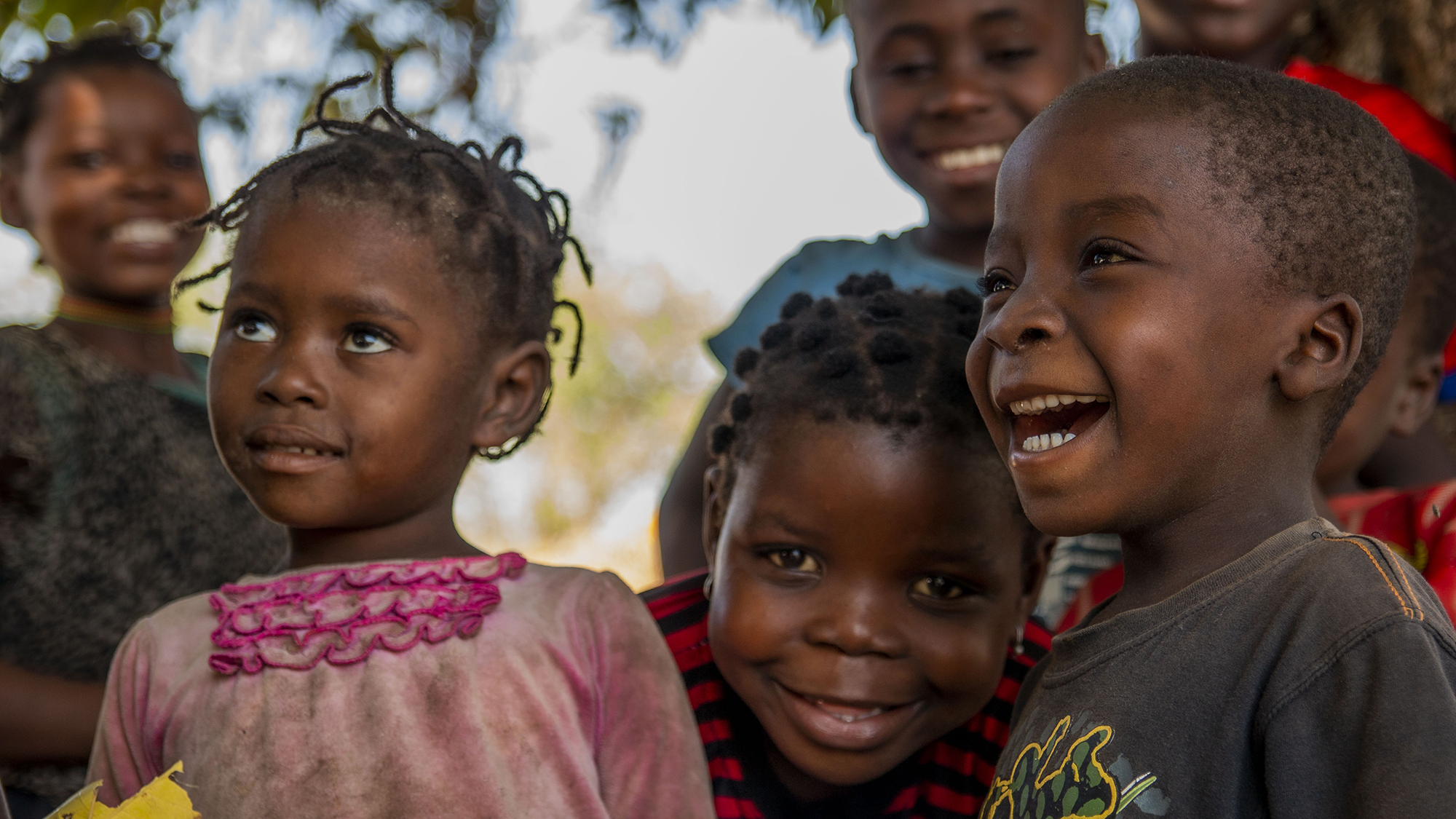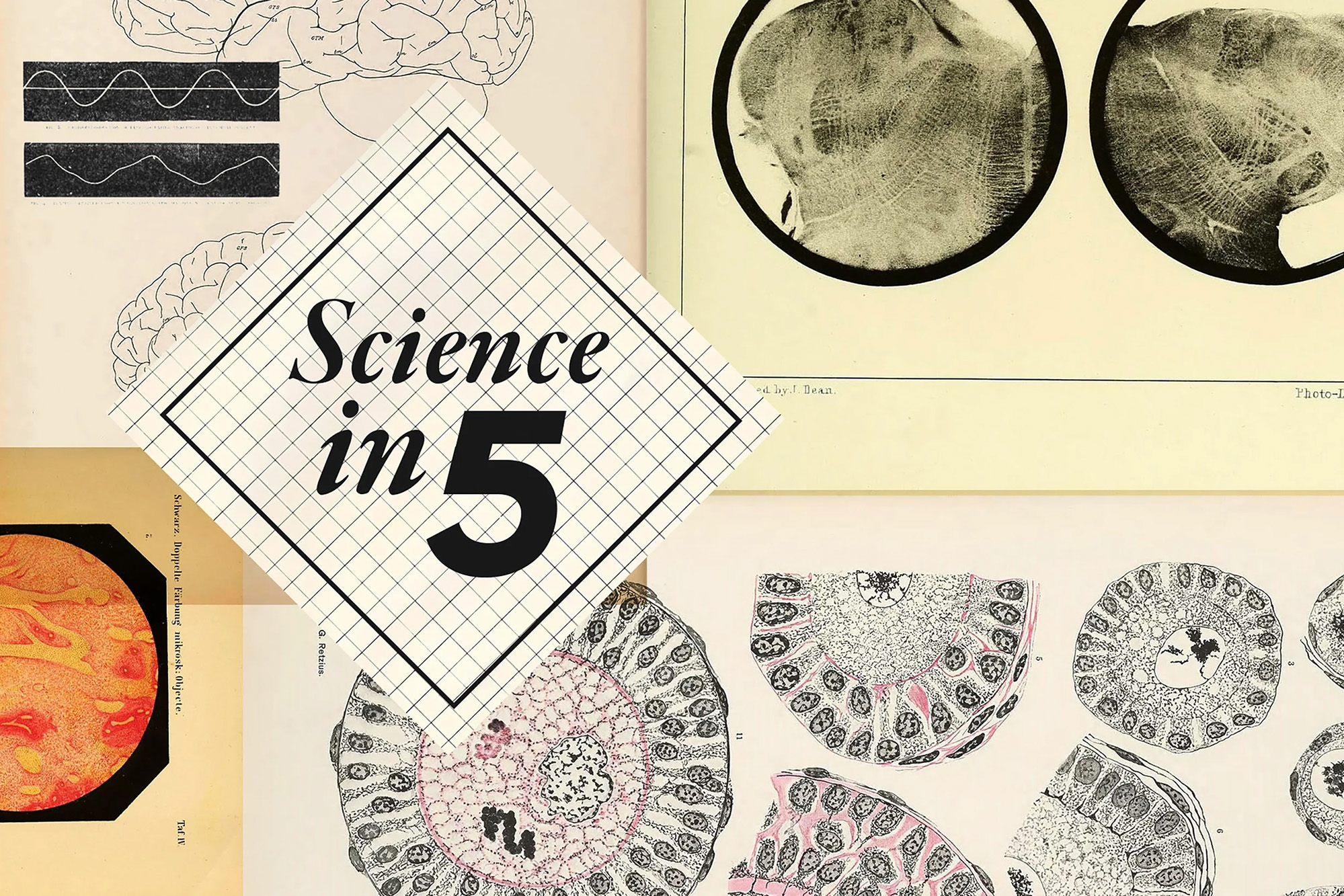Find out more in
Global Issues:
Education is crucial for children, providing safety during crises and reducing risks of child labor, early marriage, and recruitment by armed groups. It connects kids to essential services like clean water and nutritious meals, while also fostering hope and stability, ultimately leading to economic growth and reducing conflict. However, a recent UNICEF analysis indicates that international aid for education may drop by over US$3 billion by the end of 2026, potentially leaving 6 million more children out of school. This isn't just a financial adjustment; it's a significant threat to a whole generation’s future.
Angela Bassett, award winning actress, highlights that for mothers and newborns in crises, a $5 UNFPA Emergency Birth Kit can mean the difference between life and death.
More than one million people live in Cox’s Bazar refugee camps, over half children, and funding cuts are forcing UNICEF to make impossible choices about life-saving services, says Orlando Bloom.
World Children’s Day (20 November) is a global day of action for children and by children, marking the adoption of the Convention on the Rights of the Child. Around the world, children are standing up and talking about their lives, their hopes, and their rights. My day, my rights speaks to a simple truth: from the moment the sun rises, children wake up to a world shaped by choices they didn't make. But every child, everywhere, also wakes up with rights, including the right to be protected, to learn, and to have their voice heard. It’s time to listen to children and stand up for the rights of every child.
In the Kyiv region, a preschool education centre that once served over 80 children was severely damaged by a missile on 2 March 2022. The blast impacted on the building’s facade, roof, windows, doors, and heating system, making repairs unaffordable for the community. However, hope arose through the School Repairs in Ukraine project, funded by the European Union and implemented by UNOPS. Starting in 2024, UNOPS engineers will oversee extensive renovations, including restoration of the facade and roof, new windows and doors, and interior revitalization, creating a safe, modern space for young learners to thrive once again.
Once upon a time, in a land not so far away, there lived a silent creature named polio...
The Social Forum, an annual gathering organized by the Human Rights Council, facilitates the dialogue among civil society, Member States, and intergovernmental organizations around a yearly theme. The event promotes social cohesion based on the principles of social justice, equity, and solidarity, while addressing the challenges of globalization. In 2025, the Forum (Geneva, 30-31 October) focuses on how education contributes to the respect, promotion, protection, and fulfillment of all human rights for everyone. Follow the Social Forum live on UN web TV.
UNESCO and Super Sema have launched “Digital Hero,” a fun, music-driven campaign for Global Media and Information Literacy Week that empowers children to stay safe, think critically, and make smart choices.
Did you know that respiratory syncytial virus (RSV) is the leading cause of infant hospitalization worldwide? Each year it claims over 100,000 young lives. In this episode of Science in 5, WHO’s Dr Daniel Feikin shares how new immunization options can protect your baby.
Teachers play vital roles in education systems, yet many face isolation and fragmented structures that hinder their professional growth and well-being. This year’s World Teachers’ Day (5 October) focuses on “Recasting teaching as a collaborative profession,” emphasizing the importance of collaboration for improving educational quality. It advocates for policies and environments that support mutual aid and shared expertise among educators. To mark the Day, a global celebration highlighting these themes takes place at the Pan-African Conference on Teacher Education in Addis Ababa, Ethiopia.
When a powerful 7.6-magnitude earthquake hit Japan’s Noto Peninsula on New Year’s Day 2024, more than 590 people lost their lives and tens of thousands of homes were destroyed. Eighteen months later, people in this rural part of central Japan are still recovering, and many still live in temporary shelters. But they are helping each other to rebuild their lives. French photographer Vincent Tremeau spent a decade documenting the dreams and hopes of children affected by crises, often travelling with OCHA staff members. In February 2025 he visited schools on the Noto Peninsula and met some of the children. Here are their stories.
Violence against children in armed conflict is rising, with education increasingly under attack. In the past year, attacks on schools surged by 44%, causing deaths, abductions, and trauma among students and teachers. These violations endanger lives and the future of communities. The UN urges nations to ensure safe access to education, invest in resilient systems, and uphold the Safe Schools Declaration. To mark the International Day to Protect Education from Attack (9 September), UNESCO and partners host a high-level event in Geneva under the theme “Challenging Narratives, Reshaping Action.”
Digitalisation is reshaping learning, work, and social life, offering new opportunities while also deepening inequalities. Despite its potential to improve education access, 739 million people still lack basic literacy, putting them at risk of further exclusion. Digital literacy now includes critical engagement with digital content. This year, International Literacy Day (8 September) focuses on “Promoting literacy in the digital era,” stressing inclusive policies for empowerment and sustainability. To mark the occasion, a global conference is being held at UNESCO Headquarters in Paris.
Severe violations against children have become a deadly new norm. UNICEF highlights the six most serious violations affecting children in armed conflicts.










